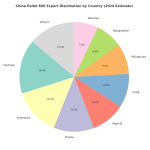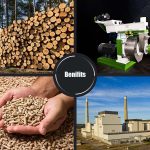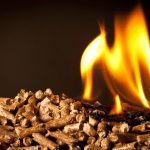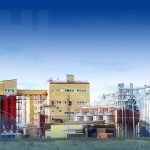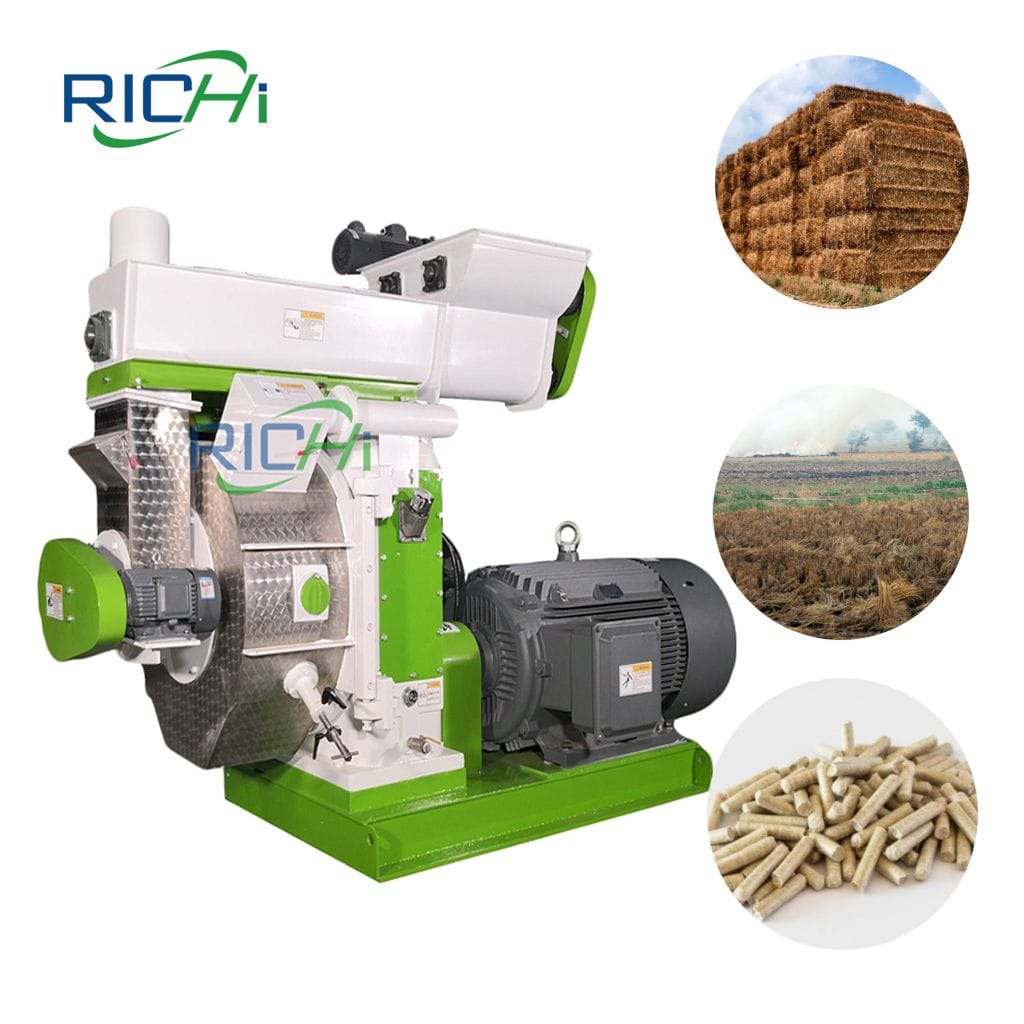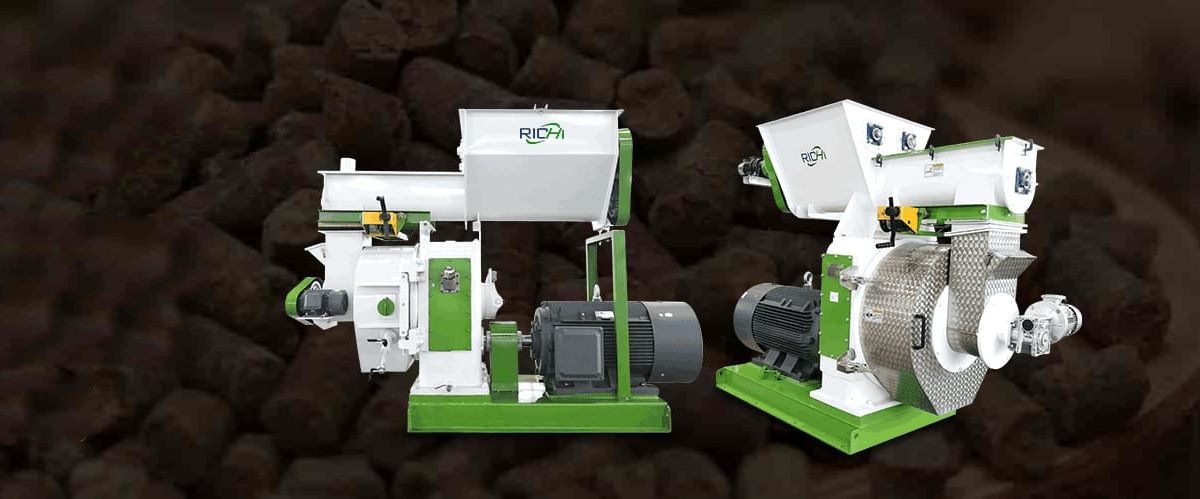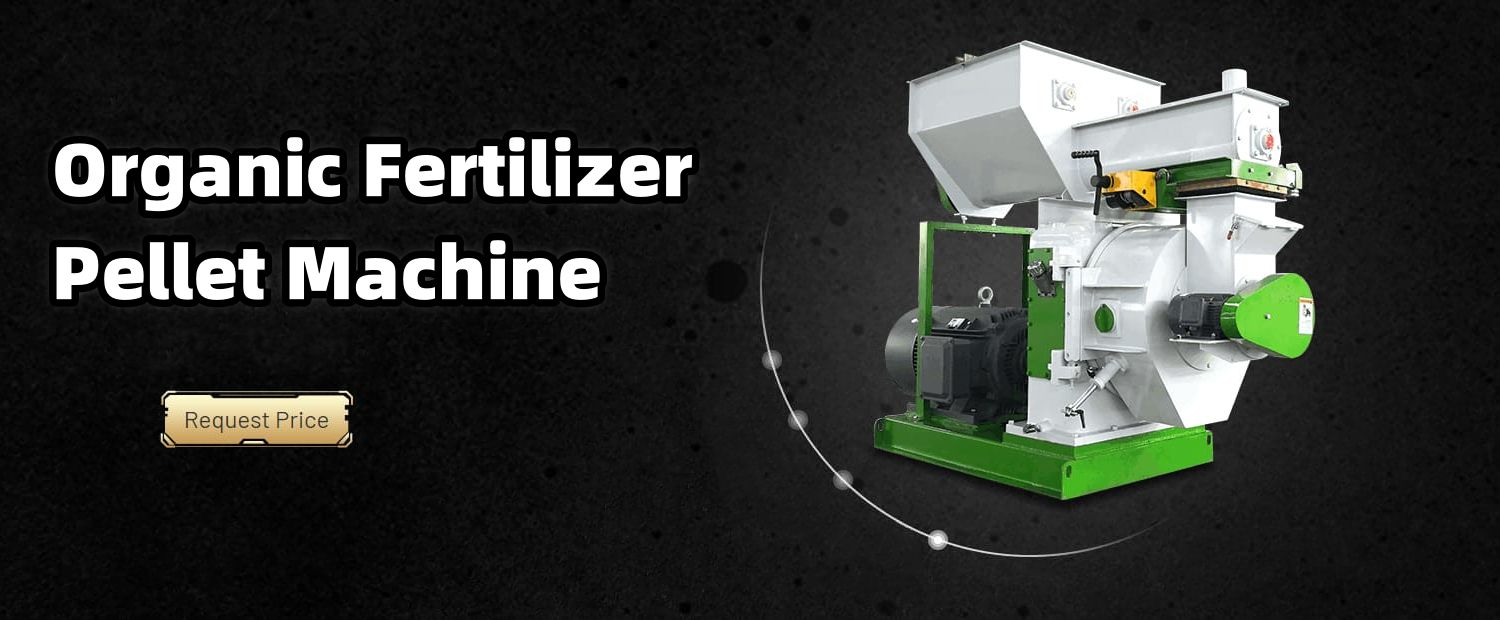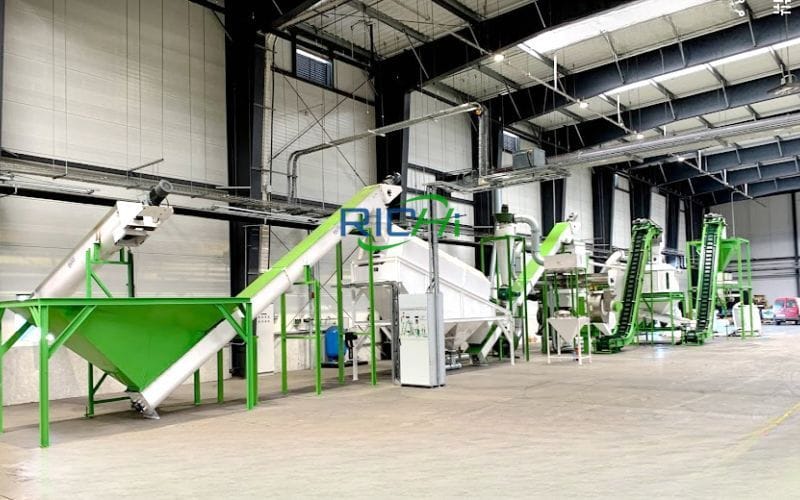Straw pellet making machines are essential tools for converting agricultural waste into valuable biomass fuel. Their efficiency is pivotal for maximizing output and profitability. This article delves into the various factors influencing the production efficiency of straw pellet making machines.
1. Production Capacity
Machine Size and Motor Power:
- Small-Scale Machines: Typically produce 50-200 kg/hour.
- Medium-Scale Machines: Produce 200-500 kg/hour, suitable for medium-sized operations.
- Large-Scale Machines: Can produce 1-2 tons/hour, ideal for industrial applications.
- Motor Power: Higher power motors (75+ kW) support higher production rates.
Die Size and Raw Material:
- Die Size: The number and size of die holes influence the pellet production rate.
- Raw Material Quality: The type of straw (e.g., wheat, rice) and its condition can impact the machine’s efficiency and output. (Related post: rice straw pellet making machine)
2. Energy Efficiency
Electricity Consumption:
- Typical Usage: 30-60 kWh per ton of pellets produced.
- Advanced Machines: Often include heat recovery systems, reducing overall energy consumption.
Motor Efficiency:
- High-Efficiency Motors: Can reduce energy consumption by 10-15%.
Heat Recovery Systems:
- Enhanced Efficiency: Some machines recycle waste heat, improving energy efficiency.
3. Pellet Quality and Consistency
Key Quality Metrics:
- Density: Efficient machines produce pellets with a density of 600-700 kg/m³.
- Durability: High-quality pellets have a durability index over 97%.
- Moisture Content: Optimal moisture content is 8-10%, ensuring consistent pellet quality.
4. Raw Material Preparation
Moisture Content:
- Ideal Range: 10-15% moisture for efficient processing.
Particle Size:
- Uniform Size: Straw particles should be 3-5mm for effective pelletization.
Pretreatment:
- Built-In Grinders/Conditioners: Some machines include these features to enhance material processing.
Efficiency Gains:
- Improvement: Proper preparation can increase efficiency by 20-30%.
5. Operational Efficiency
Continuous Operation:
- 24/7 Capability: Machines designed for continuous operation have higher efficiency.
Automation:
- Automated Systems: Reduce labor costs and enhance consistency.
Quick Die Changes:
- Minimized Downtime: Efficient machines allow for rapid changes, keeping production running smoothly.
Maintenance Requirements:
- Low Maintenance Needs: Machines with less frequent maintenance and easy servicing options operate more efficiently.
Operational Efficiency Rates:
- Advanced Models: Can achieve up to 90% efficiency with minimal downtime.
6. Scalability and Flexibility
Modular Design:
- Capacity Upgrades: Some machines allow for easy scalability.
Multi-Material Processing:
- Versatility: Efficient machines handle various types of straw and other biomass materials.
Customization Options:
- Tailored Production: Machines that can be customized to specific needs offer better efficiency.
7. Case Study: Improved Efficiency
A farm cooperative in the Midwest USA upgraded their pellet machine, achieving:
- Production Capacity: Increased from 200 kg/hour to 1 ton/hour.
- Energy Efficiency: Reduced from 55 kWh/ton to 40 kWh/ton.
- Pellet Quality: Density improved from 550 kg/m³ to 650 kg/m³.
- Operational Efficiency: Increased from 70% to 85% uptime.
This upgrade resulted in a 300% increase in daily production with only a 50% increase in energy consumption.
8. Factors Affecting Efficiency
Operator Skill:
- Training: Well-trained operators optimize machine performance.
Environmental Conditions:
- Temperature and Humidity: Affect pellet production efficiency.
Maintenance Practices:
- Regular Maintenance: Essential for maintaining high efficiency.
Feed Rate Optimization:
- Proper Adjustment: Ensures optimal production efficiency. (Related post: corn stalk pellet machine)
9. Future Trends in Efficiency
IoT Integration:
- Smart Technology: Real-time monitoring and predictive maintenance are becoming standard.
Advanced Materials:
- New Materials: Developments in die and roller materials aim to improve durability and reduce friction.
Hybrid Systems:
- Electric-Biomass Integration: Some manufacturers are exploring hybrid systems for enhanced energy efficiency.
Conclusion
The efficiency of straw pellet making machines is influenced by multiple factors, including production capacity, energy efficiency, pellet quality, raw material preparation, and operational aspects. Advances in technology and improvements in machine design are expected to further enhance efficiency, making straw pellet production a more viable and profitable solution for agricultural waste management and renewable energy.
For optimal performance, it is crucial to consider these efficiency factors when selecting and operating straw pellet making machines. Understanding these elements helps in choosing the right machine and maximizing its productivity.


